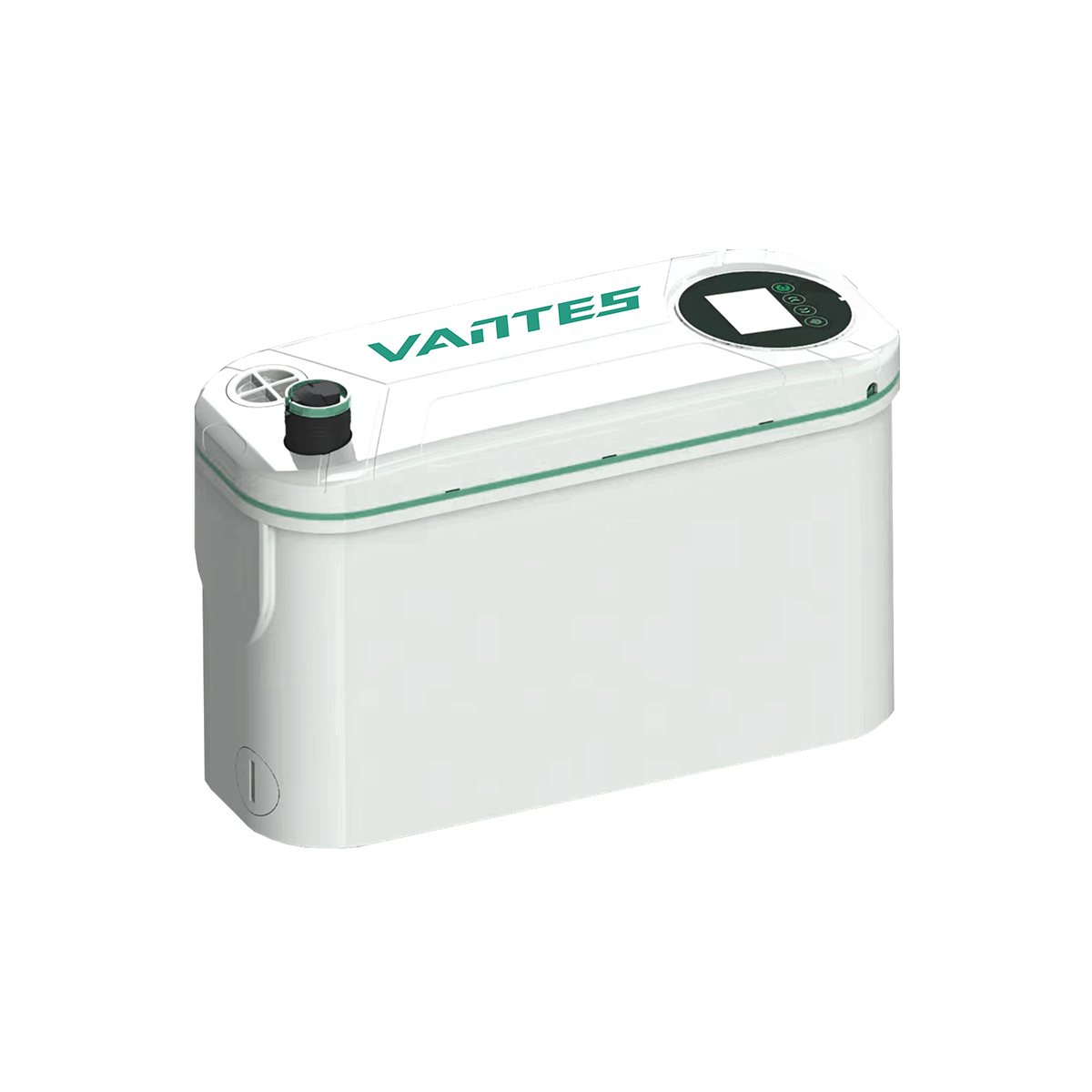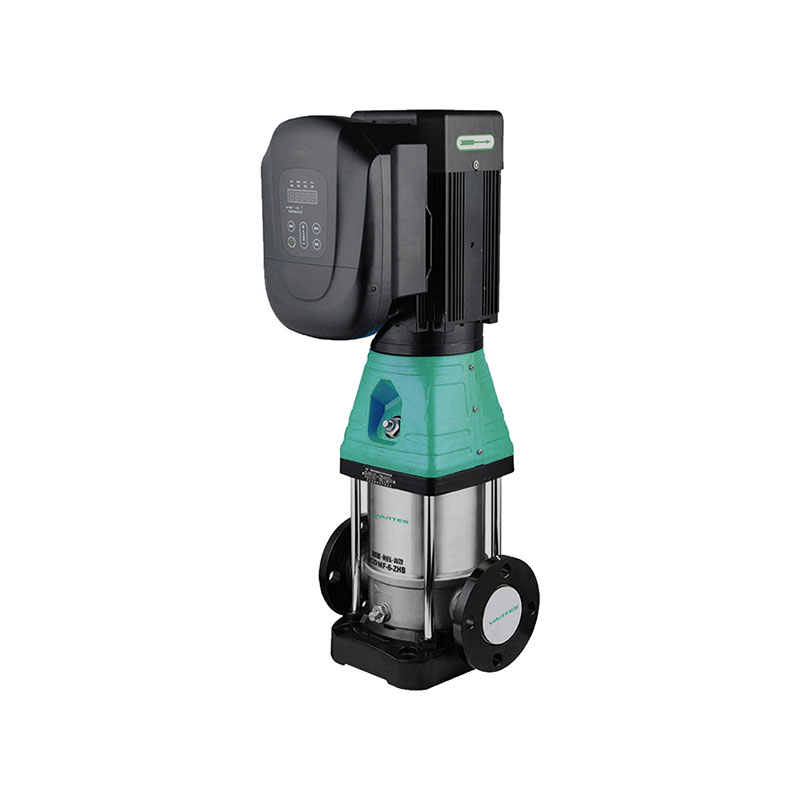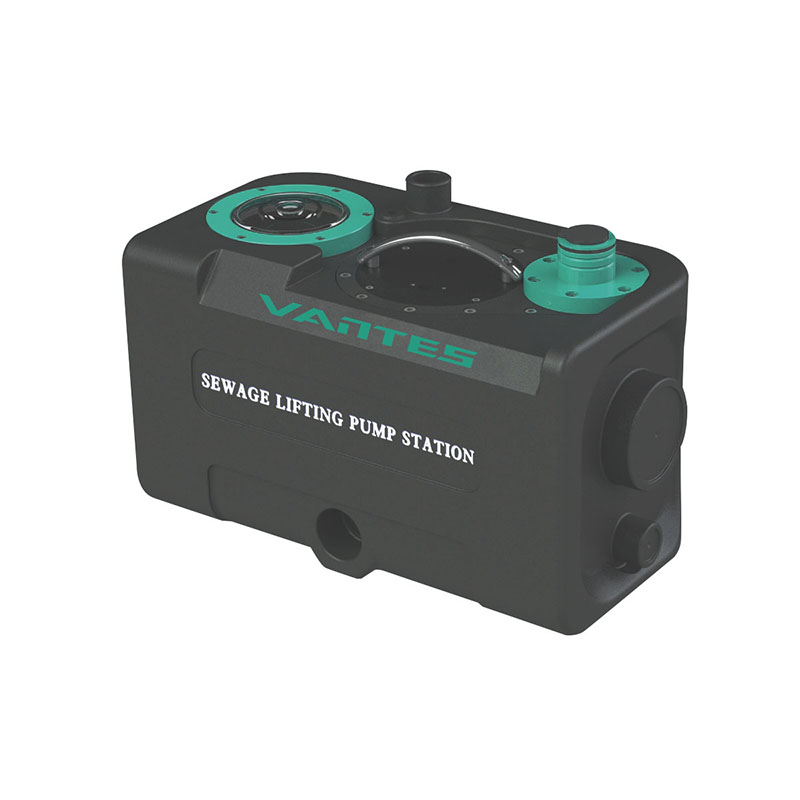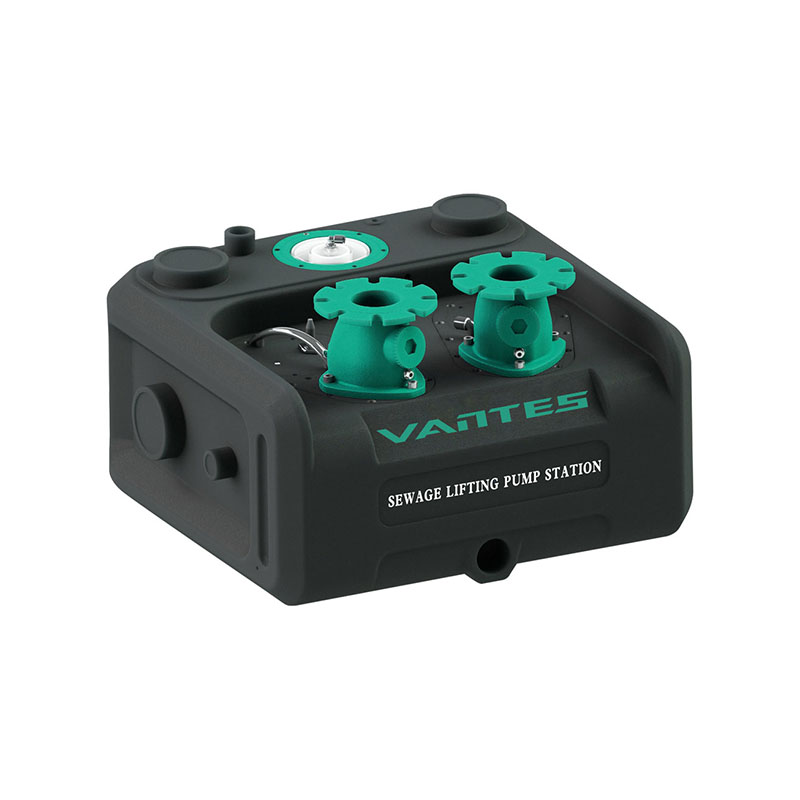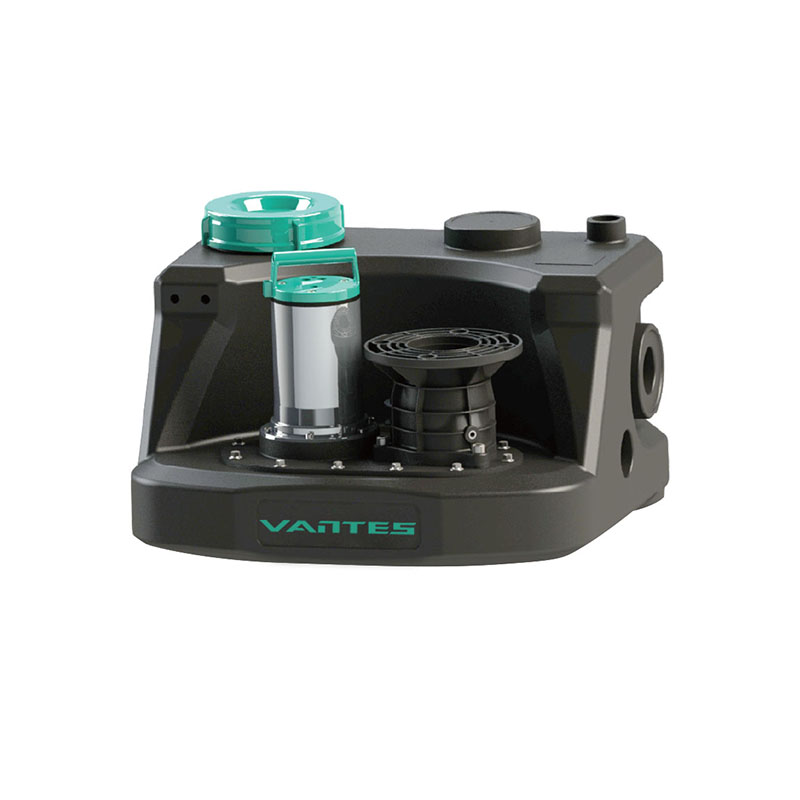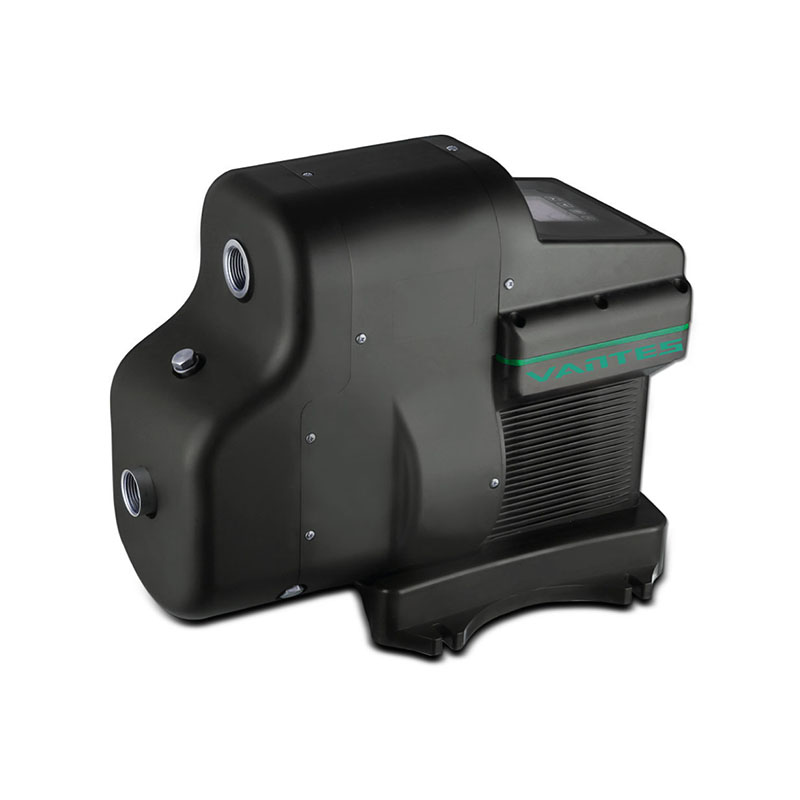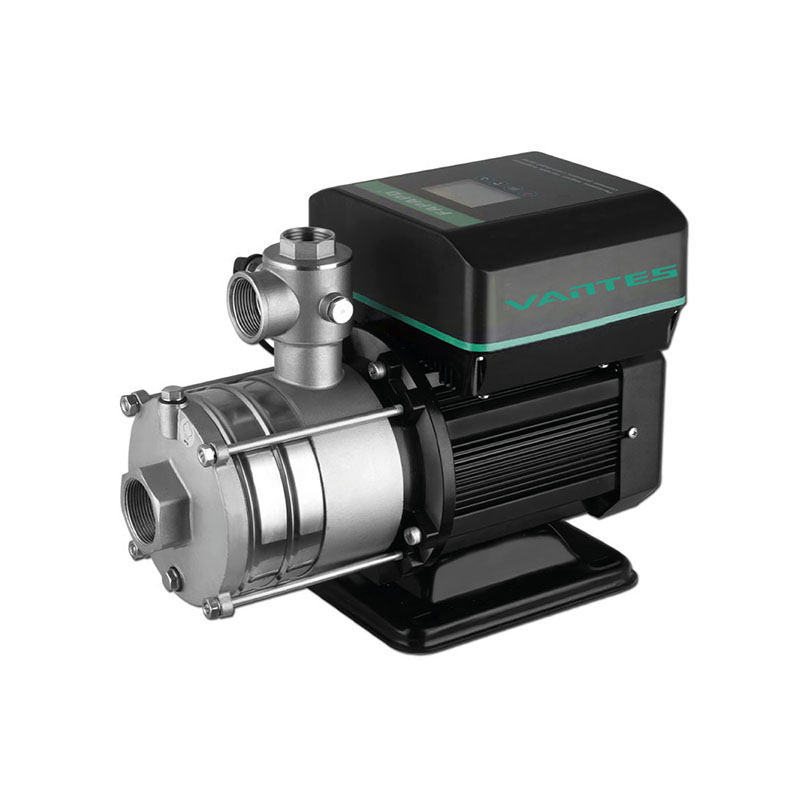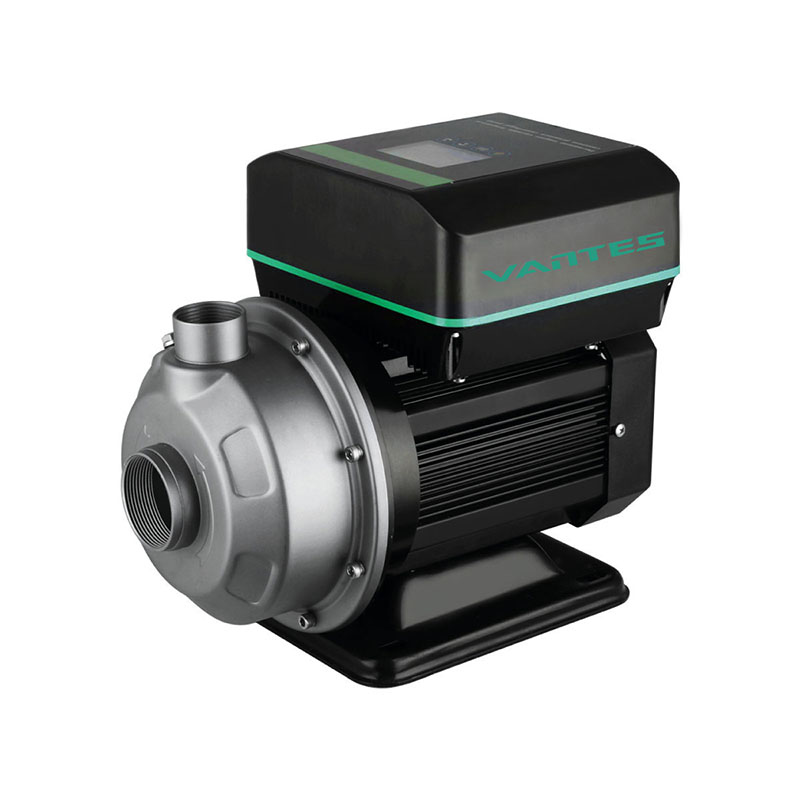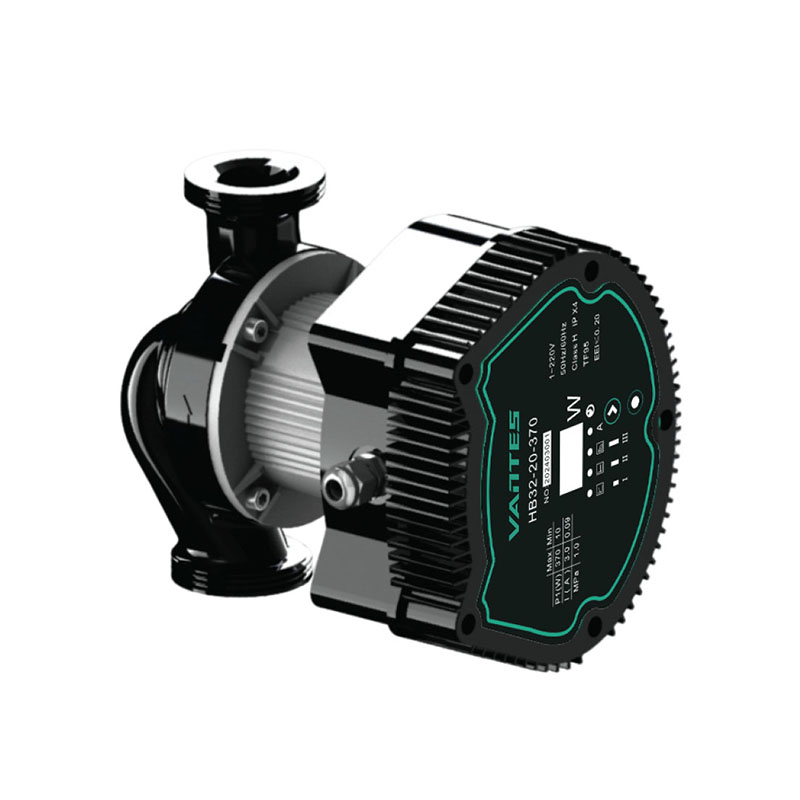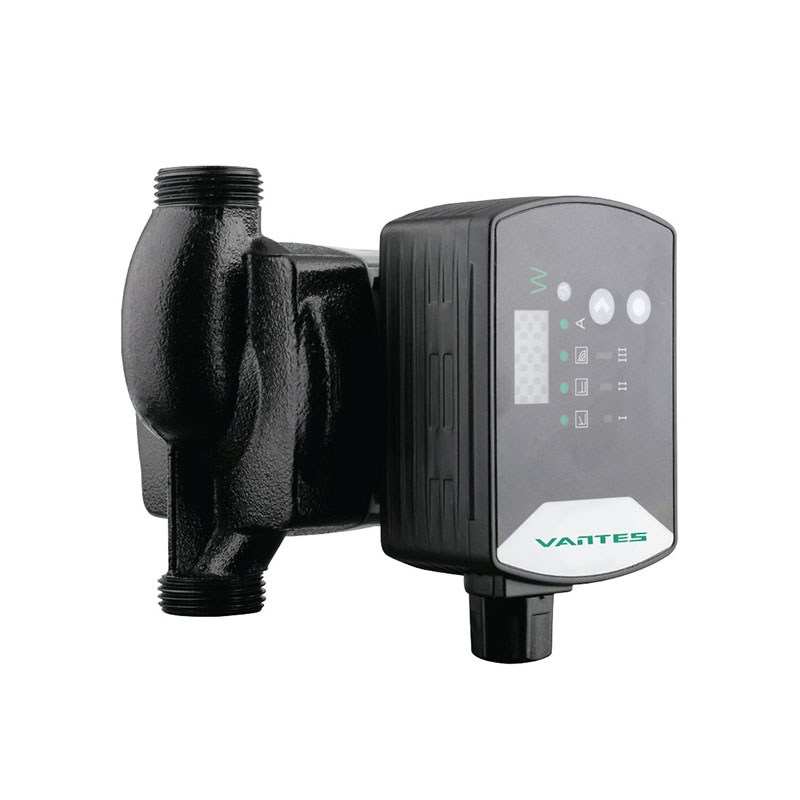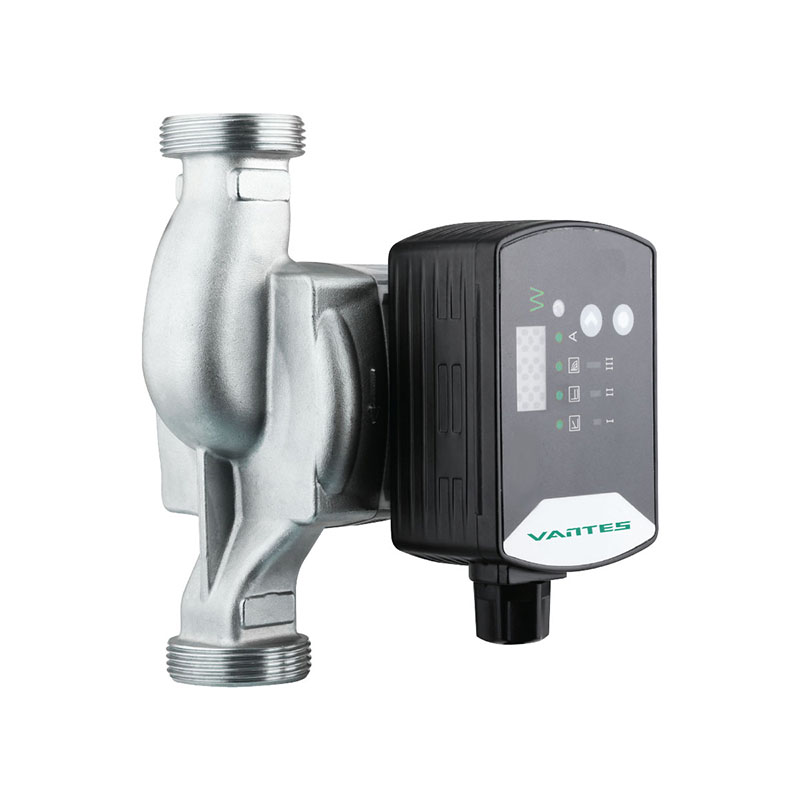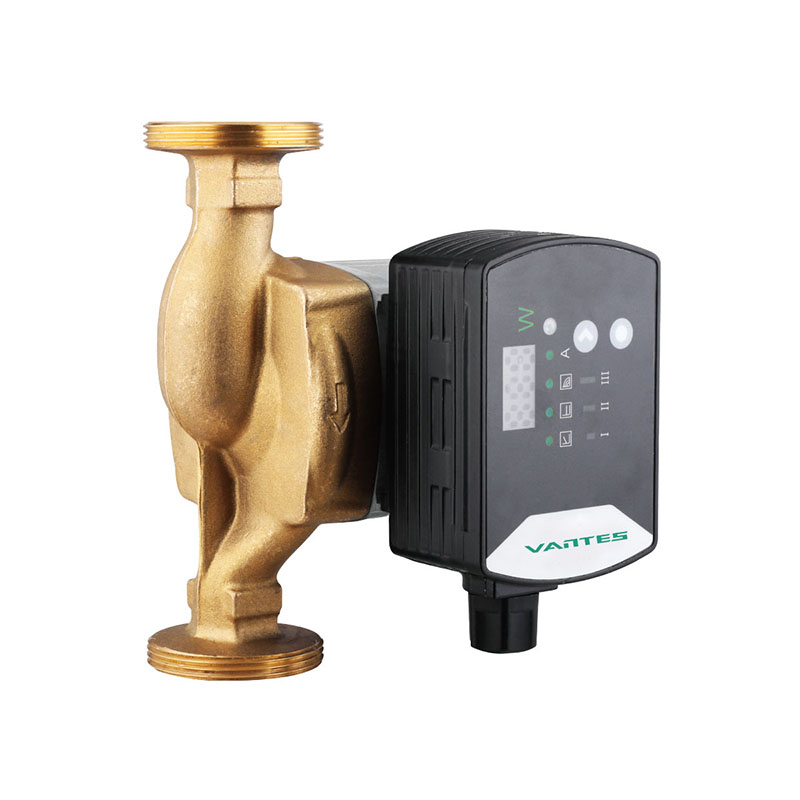In heating, ventilation, and air conditioning (HVAC) systems, pumps play a central role in transporting water efficiently. Both the centrifugal booster water pump and the multi-stage centrifugal pump are used in commercial, industrial, and domestic installations where stable performance and attention to energy consumption are necessary. Understanding how these pumps affect energy use can help system designers and operators make informed decisions and avoid unnecessary operating costs.

Evaluating Pump Efficiency Before Installation
One of the first factors to review when planning to install a centrifugal booster water pump is its performance curve. The curve indicates how the pump behaves at different flow rates and pressures. Selecting a pump that operates close to its optimal duty point can significantly reduce energy draw over time. Pumps that run too far from this point often experience increased wear and consume more electricity without delivering proportional output.
A multi-stage centrifugal pump is designed to create higher pressures by using multiple impellers. This design is often chosen for systems that need consistent water delivery over long distances or to higher elevations. However, if the pressure requirements are overestimated, the pump may generate excessive pressure that must be throttled back with valves, which wastes energy. Accurate calculation of required head and flow rate is an essential step to avoid such inefficiencies.
Impact of System Design and Pipe Layout
Energy consumption is not determined by the pump alone. Pipe layout, fittings, and other system components contribute to total resistance and friction losses. Long pipe runs with multiple bends and undersized diameters increase the workload on both centrifugal booster pumps and multi-stage pumps. To control these losses, system planners should select appropriate pipe diameters and limit sharp changes in direction wherever possible.
It is also helpful to consider variable-speed drives (VSDs). A VSD allows the pump motor to adjust speed in response to system demand rather than running at constant full capacity. While VSDs add upfront cost, they can reduce energy consumption in systems with fluctuating load requirements. For example, during periods of low demand, a VSD-equipped centrifugal booster water pump can slow down, using less electricity without compromising supply.
Maintenance Practices That Influence Energy Use
Routine inspection and maintenance play a key part in sustaining efficient operation. Even a small buildup of scale or debris on impeller surfaces increases drag and leads to higher power consumption. For multi-stage centrifugal pumps, periodic checks of each stage help verify that all impellers are free of obstruction or wear. Misalignment or looseness in couplings can also force the motor to draw more current to maintain flow.
Proper sealing is another contributor to efficiency. Leaks in seals or gaskets can create pressure losses, requiring the pump to work harder. Regular checks and timely replacement of seals help maintain the designed pressure without additional strain on the motor. Lubrication of bearings and moving parts should follow manufacturer recommendations, as poor lubrication increases friction and energy draw.
Selecting Pump Controls and Monitoring Systems
Modern monitoring systems can provide real-time feedback on pump performance, energy usage, and pressure levels. These tools are useful for identifying when a centrifugal booster water pump or multi-stage centrifugal pump operates outside target parameters. For example, unexpected increases in energy consumption can signal that maintenance is needed or that flow restrictions have developed.
In addition to monitoring, control systems can integrate sensors and automation to maintain constant pressure and optimize energy use. In some cases, integrating the pump control into a broader building management system makes it easier to coordinate operation with other equipment and avoid running pumps unnecessarily.
Balancing Energy Efficiency and System Demands
When selecting a pump, it is important to balance energy efficiency with reliability and operational needs. A centrifugal booster water pump that is too small for the application will have to run longer or at higher speeds, potentially increasing energy costs over time. Conversely, an oversized multi-stage centrifugal pump may cycle on and off frequently or run at partial load, which can also reduce efficiency.
During the planning phase, reviewing energy calculations and consulting with experienced engineers helps avoid over- or undersizing. Manufacturers can often provide simulation data or guidance based on similar installations to support this process. Even minor adjustments in pump selection or pipe sizing can have a measurable impact on overall energy consumption.
By taking these factors into account, operators and facility managers can improve the energy profile of their systems while maintaining dependable water delivery. Each project presents unique conditions, and careful evaluation before installation helps create solutions that meet both performance and efficiency goals. As energy costs continue to be a concern, attention to detail in pump selection and operation can help manage expenses and reduce environmental impact.

